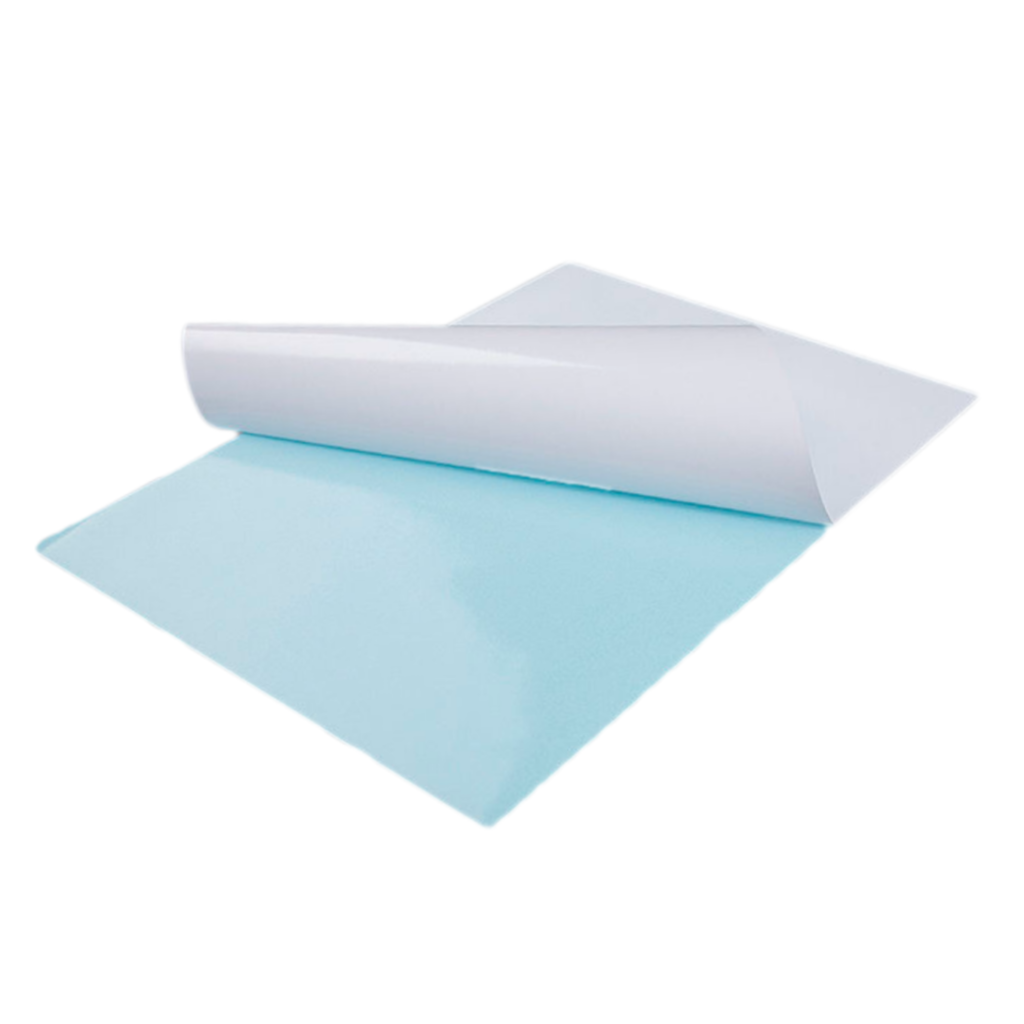Views: 8
Self-adhesive labels, also known as sticky labels, pressure-sensitive paper, or instant stickers, are a type of material that has been specially processed to create a multi-layer structure. The most basic self-adhesive label consists of three layers, commonly referred to in the industry as a "sandwich" structure: the top layer is made from paper, film, or other special materials; the middle layer is adhesive; and the bottom layer is a backing paper coated with silicone oil. There are many different types of adhesives used for self-adhesive labels, and the following will cover options that meet the needs of most customers.
-1024x1024.jpg)
Permanent vs. Removable Adhesive Choices
Based on adhesive performance, there are two main categories: permanent adhesive and removable adhesive. Permanent adhesive is typically used in electronics and machinery, such as for electronic product labels (e.g., battery labels). Removable adhesive is commonly used for products in the food, personal care, and other industries, such as wet wipe labels, fruit labels, and clothing tags.
Surface of the Item Being Labeled
Self-adhesive labels can be applied to various surface materials, such as glass, metal, cardboard, and plastic. Plastics can be further divided into categories like PVC and high-density polyethylene. Tests show that the type of surface plays a major role in adhesive performance (it’s best to choose adhesive and materials with similar or compatible chemical compositions to match the surface of the item being labeled).
Surface Shape of the Labeling Substrate
Label substrates can have flat or curved surfaces. For substrates with a certain degree of curvature (e.g., the surface of a medicine bottle with a diameter smaller than 3 cm), it may be necessary to use a face material that has good conformability or a stronger adhesive. In these cases, materials with better flexibility and stretch resistance, like PVC, are often preferred. On the other hand, flat surfaces are more flexible and can accommodate a wider range of labeling materials.

Cleanliness of the Labeling Surface
Self-adhesive labels work best when applied to surfaces that are clean, dry, and free of oil and dust. It’s crucial to ensure the surface is dry, and free from oil or dust when applying the label to achieve the best adhesion.
Impact of Plasticizer on Adhesive
Labeling Conditions — The adhesive needs to perform well under cold, heat, humid, or room temperature conditions.
Usage Environment — Consider whether the label will be exposed to sub-zero temperatures, outdoor conditions, high heat, humidity, UV light, or extreme temperatures near things like car engines.
